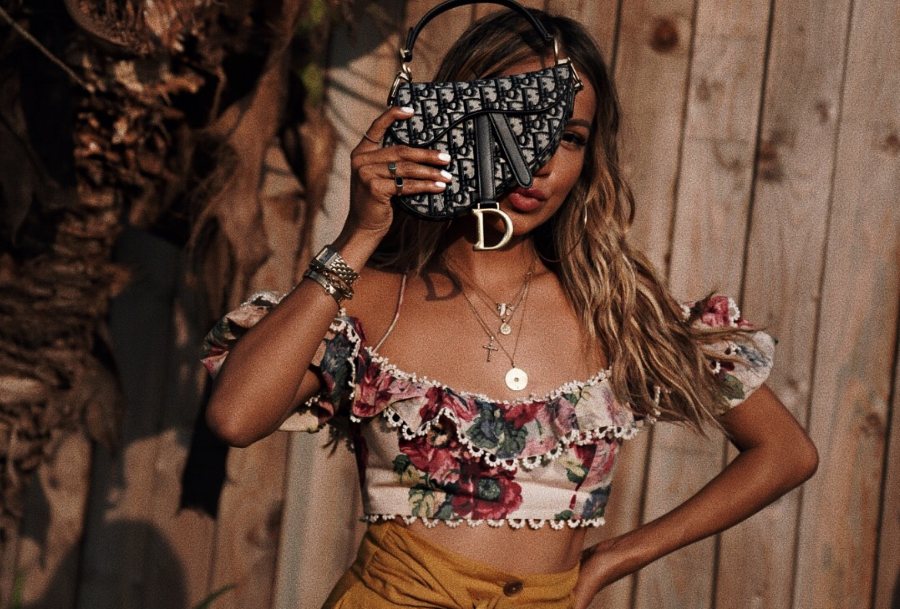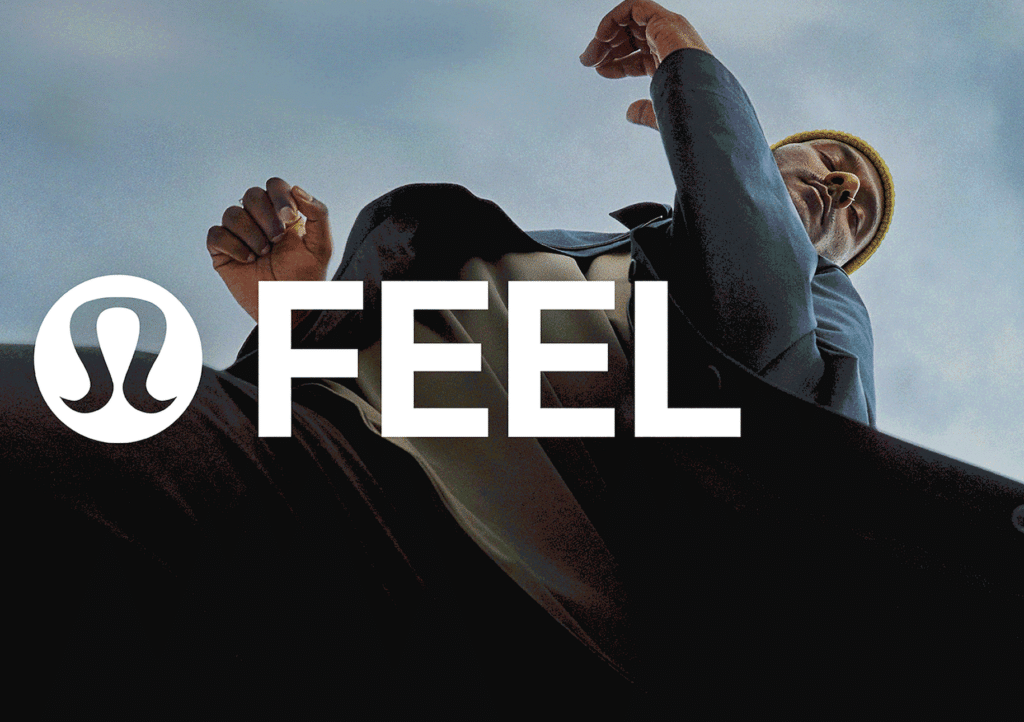 image: sincerelyjules
image: sincerelyjules
The influencer bubble may be on the verge of popping. Despite being exposed to a greater amount of influencer marketing than this time last year and the seemingly unabated reliance by fashion brands, a new study from global digital marketing consultancy Bazaarvoice reveals that consumers are growing tired of being inundated with the same brand-orchestrated Instagram posts and the repetitive use of a handful of big-name fashion influencers.
According to Bazaarvoice’s report, which surveyed a collective 4,000 British, French, and German consumers in June and July, 47 percent of respondents expressed dismay about the repetitive nature of content, while 23 percent called out the “dipping quality” of such influencer campaigns, making these the top two customer concerns around influencer marketing. Of that same group, a total of 62 percent of respondents said they believe that influencer content “takes advantage of impressionable audiences by being too materialistic and misrepresenting real life.”
In something of the same vein, almost half of the individuals polled said they believe it is “time for an influencer marketing association to embed [or enforce] stricter rules for content that social media personalities produce.”
This includes rules about purchasing followers and also disclosing what posts are, in fact, sponsored, such as the Federal Trade Commission’s guidelines in the U.S., as well as the Advertising Standards Authority and the Competition and Markets Authority in the United Kingdom, all of which maintain strict requirements about the need to disclose paid-for posts (but have been slow to actually hold parties accountable for failing to do so).
While influencer marketing “is really intended to be about word-of-mouth, a timeless tradition of sharing our latest discoveries and preferences,” says Joe Rohrlich, Bazaarvoice’s General Manager for the Europe, Middle East and Africa regions, in its current state, it has, in many cases, “strayed from that value of authenticity.”
“It is clear that influencers need to work towards improving the quality and authenticity of the content they produce,” he says. “There is a balance to be struck with advertisers and audiences, promotional content and the results than can reasonably be expected and achieved.”
As of 2017, influencer marketing as an industry was estimated to be worth over $1 billion, and was showing no real signs of slowing.











